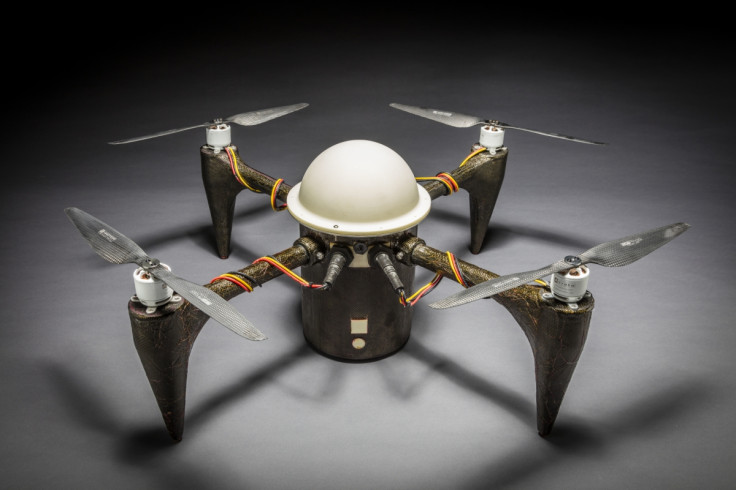Cracuns: 3D printed drone can stay silently underwater then fly into the air on command

US researchers have developed a quadcopter drone that is capable of staying underwater for months without rusting or deteriorating, and then launching out of the water and into the air on command to fulfil a range of missions.
Previously, the engineers and scientists from Johns Hopkins University's Applied Physics Laboratory (APL) in Baltimore, Maryland had developed both naval submarine systems and autonomous unmanned aerial vehicles (UAV), but they had never before tried to combine the two, until their sponsors asked them for such an invention.
To that end, the Corrosion Resistant Aerial Covert Unmanned Nautical System (CRACUNS) drone can stay submerged at a depth of several hundreds of feet, it can launch to the surface of the water, float and move on the surface of the water and launch out of the water into the air and fly like a regular consumer drone. The UAV can either be launched from a fixed position underwater or from an unmanned underwater vehicle, and it requires no structural metal parts or machined surfaces, and it doesn't get rusty.
This was achieved by using 3D printing technology at the university's extensive fabrication facilities to print out a lightweight, submersible, composite airframe. The researchers also sealed the drone's most sensitive components inside a dry-pressure vessel, as well as sealing all exposed motors with a commercially available protective coating.
When assembled, the CRACUNS drone was able to withstand the water pressure experienced when submerged, exceeding the researchers' expectations, and even after two months submerged, the drone's motors are still unaffected by corrosive salt water.
"Engineers at APL have long worked on both Navy submarine systems and autonomous UAVs," said Jason Stipes of APL's Sea Control Mission Area, project manager for CRACUNS. "In response to evolving sponsor challenges, we were inspired to develop a vehicle that could operate both underwater and in the air."
3D printing is becoming more and more popular as a use case for making drones. In 2015, Boeing and the University of Sheffield showcased their complex thermoplastic drone fabricated using the 3D printing technology Fused Deposition Modelling (FDM), and Dutch commercial drone firm Aerialtronics is now making its Altura Zenith drones for industrial purposes from 3D printing, too.
© Copyright IBTimes 2025. All rights reserved.






















